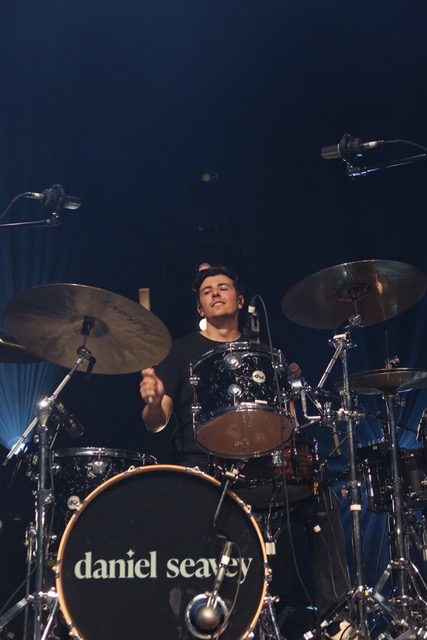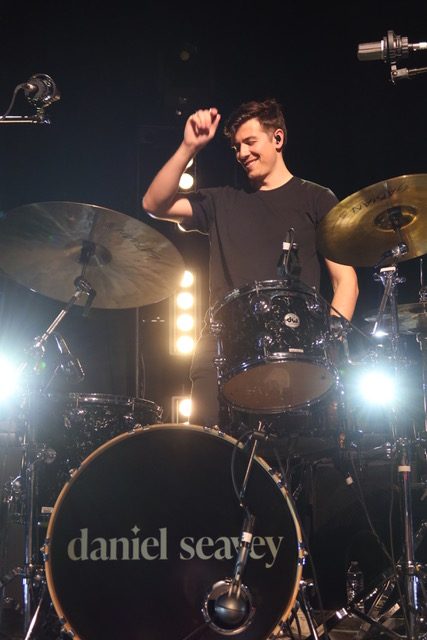Blog
The Drums I Trust: Touring, Recording, and Everything Between

Johannes Gritschacher shares what gives him the freedom to play –
I just returned from a five-week tour across the United States and Canada, and my entry hall in Los Angeles still looks like a tour stop—half-empty suitcases, my cymbal case, and two snare drum cases lined up along the wall. Inside those cases are two beautiful snares, so essential to my sound that they traveled with me the entire run. Since I’m heading to Europe in a few days for the next leg of the tour, I haven’t even unpacked them. They’ll be coming with me again—to the delight of our Front of House engineer.
I’ve always been particular about gear. Even early on, I cared about things like the finish of a drum kit and what sizes felt “right”—back then, more for aesthetic reasons than sound. But I quickly learned the importance of adaptability.
At my first music school in Austria, I’d learn on my teacher Karl’s drums during lessons, then try to figure it all out again on my kit at home. That experience naturally made me develop a preference for certain brands and kit configurations.
At Berklee College of Music, where shared practice rooms meant playing kits in various states of disrepair and questionable tuning, there was never enough time to fix them before my slot was up. I learned to adjust on the fly—another important lesson.
Later, as my professional career took off, I played incredible vintage kits in studios across the country, had the chance to try other working drummers’ high-end kits, and I got used to working with backline kits on international tours. Sometimes I’m lucky enough to bring my own drums on the road, but there have also been last-minute calls where an artist preferred the look of a clear acrylic kit for the stage.
Some of these experiences really showed me what makes a kit special. It led me to develop my own sound and refine my preferences when it comes to gear acquisition.
Part of the gear I currently tour with is the exact same gear I use on the album, Second Wind by Daniel Seavey , too, which doesn’t happen a lot. For example, the ride cymbal I travel with can be heard on two of the artist’s songs.
From a broader perspective, the gear choices I make don’t just impact how I play and sound—they make everyone’s job easier: FOH, monitors, the band—even though it’s just the artist and me on stage, and he also plays my drums during the show and loves the familiar feeling of having the same snares.
I’ve never gone to such lengths to travel with my own snares until I started using BONE Drums. I use:
- the 14×6.5” BONE Jupiter Steel Snare as my main snare, tuned medium-high, and
- the 14×6.5” BONE True Carbon Fiber Snare as my side snare, tuned low.

The sensitivity they give me is indispensable. Even in bigger venues, they still pack all the body and explosiveness I need. They are engineered with so much care that they’re easy to tune and completely road-ready—no worrying about anything breaking mid-tour.
I have also tried them in a recording setting in my own studio, and they definitely don’t lack the vibe and character that I needed for the various records I worked on. I’m excited and optimistic that these snares will find their way onto some major projects in the near future.
At the end of the day, it’s not about gear for gear’s sake—it’s a tool that helps me serve the music as best as I can. The sound of my snares is undeniably great, and that’s what gives me the freedom to just play, knowing the sound is locked in night after night.
Links to learn more about Johannes and his work: www.johannesgritschacher.com, @johannesgritschacher



